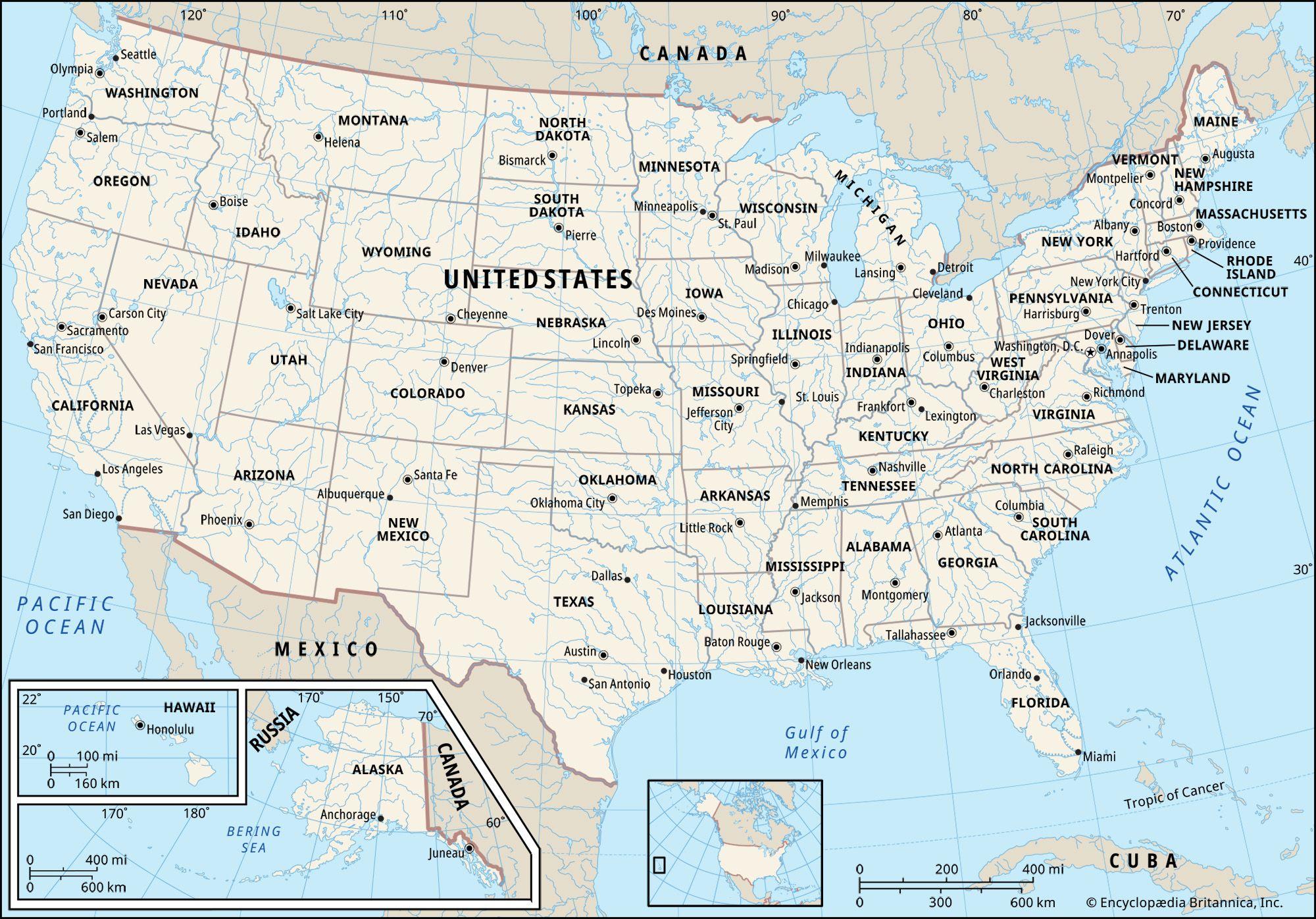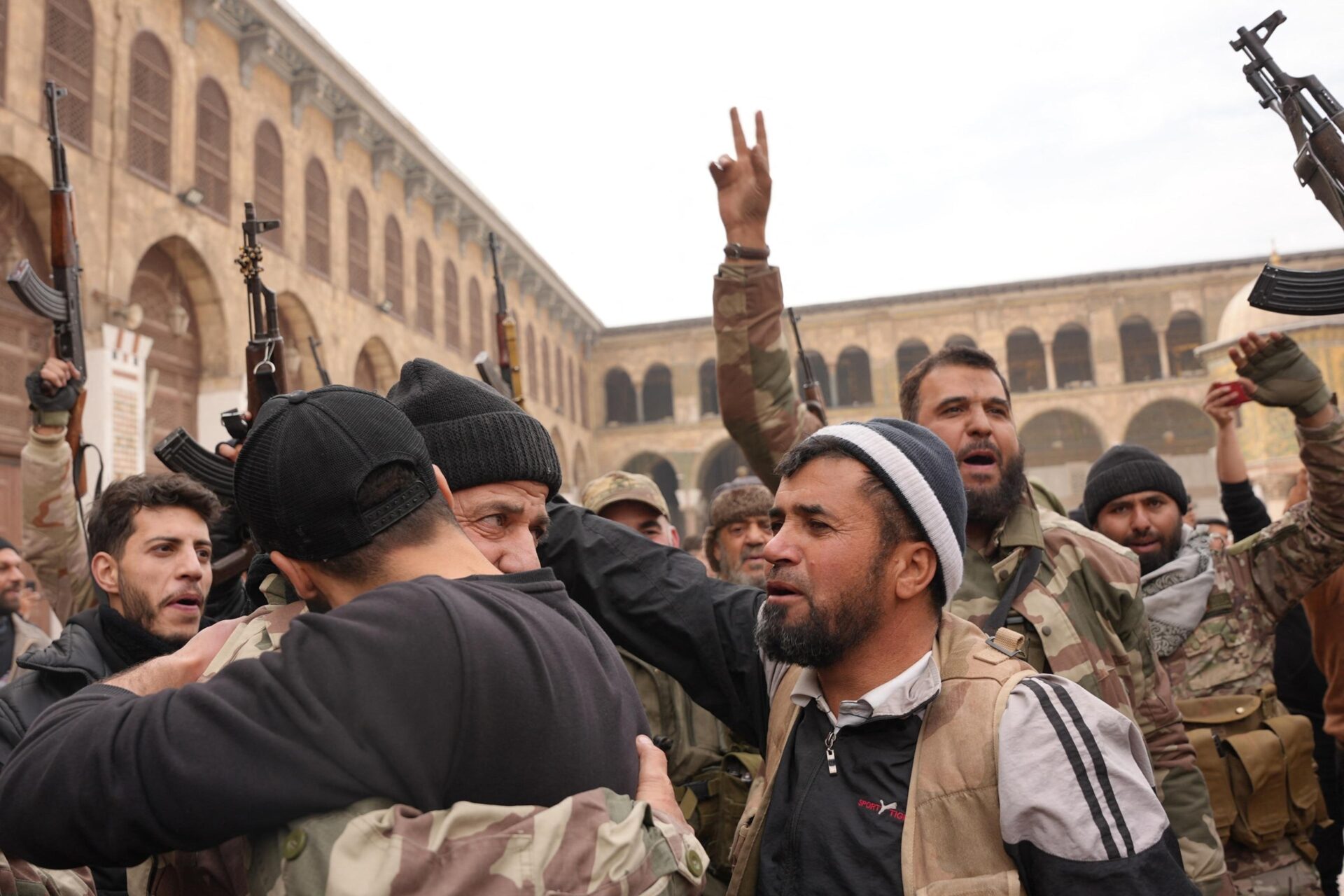Broader Implications of HTS Designation Shift on Syrian Conflict Dynamics
The potential removal of Hay’at Tahrir al-Sham (HTS) from the U.S. list of foreign terrorist organizations marks a significant turning point in the ongoing Syrian conflict. This shift could reshape not only the power dynamics within syria but also alter the approach of various international actors involved in the region. Key actors and implications include:
- HTS’s Role in Governance: As HTS expands its influence, there is the possibility that it may attempt to solidify its standing as a legitimate governing body in northwest Syria, presenting itself as a stabilizing force amidst chaos.
- Impact on Rebel Factions: Other rebel groups may reassess their strategies and alliances, potentially leading to fragmentation or unity against a backdrop of evolving power structures.
- international relations: This decision could recalibrate the united States’ relationships with Turkey and Russia, both of which have vested interests in the region and varying positions on HTS.
- Humanitarian Aid Dynamics: The new designation might facilitate the flow of humanitarian assistance into areas controlled by HTS, alleviating some suffering for civilians caught in the conflict’s crossfire.
Furthermore, as HTS is reclassified, the implications for future peace negotiations cannot be overstated. With HTS no longer labeled as a terrorist group, the possibility of their participation in formal dialogues becomes more plausible. Considerations moving forward include:
- Legitimization of HTS: Giving HTS a newfound legitimacy may embolden their leaders to pursue greater territorial control and challenge both the Assad regime and other rebel factions.
- U.S. Strategy Reevaluation: A recalibrated strategy by the U.S. may aim to leverage HTS’s influence to counterbalance Iranian and Russian interventions in Syria.
- broader Geopolitical Ramifications: The reclassification could trigger a reassessment of counterterrorism policies not just in Syria, but in other conflict zones, influencing how terrorist organizations are managed globally.
- Civilian Impact: Ultimately, the outcomes of this shift will reverberate thru Syrian society, affecting millions of civilians who continue to face dire humanitarian conditions amid a fragmented political landscape.

Understanding the Strategic Motivations Behind the US Decision
The recent decision by the United States to remove Syria’s Hay’at Tahrir al-Sham (HTS) from its list of foreign terrorist organizations reflects a complex interplay of geopolitical interests, counterterrorism strategy, and regional stability. By re-evaluating HTS’s status,the U.S. aims to engage with a group that has positioned itself as a significant player in the Syrian conflict while showcasing a potential shift towards pragmatic diplomacy. This shift could serve various strategic motivations, such as:
- Bolstering moderate elements: By lifting sanctions, the U.S. may encourage HTS to adopt a more moderate stance, potentially leading to a less radicalized governance structure in regions under its influence.
- Countering Iranian influence: Strengthening non-ISIS forces like HTS could serve as a counterbalance to Iran’s growing military and political presence in Syria.
- Humanitarian objectives: The decision may also pave the way for increased humanitarian aid to civilians in opposition-controlled areas, alleviating suffering amidst ongoing conflict.
Moreover, this recalibration indicates an acknowledgment of the changing dynamics on the ground, where traditional classifications of groups are becoming less tenable in the face of evolving alliances and power structures. The U.S. may be betting that its support can facilitate a more stable, less extremist governance model, potentially leading to a more lasting resolution to the Syrian civil war. Another factor to consider is the potential for:
- Enhanced intelligence sharing: A collaborative approach could yield valuable insights into terrorist networks that pose threats beyond Syrian borders.
- International partnerships: Aligning with HTS might improve relations with other regional actors who have a vested interest in curbing ISIS and jihadist movements.
- Long-term strategic goals: The U.S. could be positioning itself to shape a post-conflict Syria that aligns with its broader strategic interests in the Middle East.

Assessing the Potential Impact on Regional Stability and Counterterrorism Efforts
The potential removal of hay’at Tahrir al-Sham (HTS) from the U.S. list of foreign terrorist organizations could reshape the landscape of regional stability in Syria and neighboring countries. By moderating HTS’s designation,Washington may inadvertently legitimize the group’s authority in Idlib,enabling them to consolidate power and influence over local governance. This shift raises concerns about militant resurgence, where factions within the group could exploit the perceived endorsement to pursue aggressive agendas, further complicating an already fractured Syrian environment. Observers worry that HTS, previously engaged in counterterrorism efforts against groups like ISIS, might redirect its resources and focus towards strengthening its hold on territory, potentially igniting renewed conflicts among rival factions and regional actors.
Moreover, the implications for counterterrorism efforts are profound.With HTS’s newfound status, several key challenges may emerge, including:
- The possible influx of foreign fighters attracted by the group’s elevated status.
- Weakened ties with other militant groups previously wary of HTS due to its extremist label.
- Challenges for Western nations in coordinating counterterrorism operations, as HTS may be perceived less as a threat and more as a local power broker.
As U.S.policy shifts, the international community must grapple with the delicate balance between engaging with local power dynamics and maintaining a robust stance against terrorism, ensuring that any concessions to HTS do not undermine broader efforts to combat extremism in the region.

Recommendations for Future US Engagement in Syria and the Role of Local Entities
The recent decision to reconsider the status of Hay’at tahrir al-Sham (HTS) brings forth a critical juncture for U.S. foreign policy in Syria. As engagement strategies evolve, it is essential for the U.S. to pursue a multifaceted approach that emphasizes collaboration with local entities. Building partnerships with indigenous groups can not only facilitate humanitarian efforts but also ensure that military and political actions align with the needs of the local populace. The U.S.should prioritize:
- Engagement with Local governance Structures: Support the establishment and strengthening of local governance mechanisms to foster stability.
- Collaboration with Civil Society Organizations: Invest in NGOs that promote peace, education, and community resilience, encouraging a bottom-up approach to rebuilding.
- Capacity Building and Training: Provide training programs for local security forces that focus on human rights and community policing.
Moreover, the U.S. should conduct thorough assessments of the shifting dynamics within syria’s conflict landscape, especially in areas where HTS has influence. Understanding the socio-political fabric is crucial for the U.S. to navigate partnerships effectively. In addition, ensuring clarity and accountability in how local entities are supported will help to build trust among Syrian communities. Key recommendations include:
- Strengthening Monitoring Mechanisms: Implement robust systems to track aid distribution and monitor human rights practices among partner groups.
- Promoting Inclusive Dialog: Encourage conversations among various factions within Syria, fostering an environment where diverse voices can engage in peace negotiations.
- Continuous Evaluation and Adaptability: Adapt strategies based on real-time assessments and feedback from local stakeholders to remain relevant in a fluid situation.
